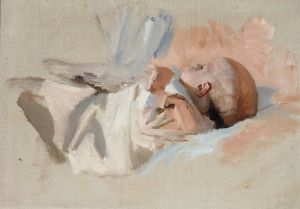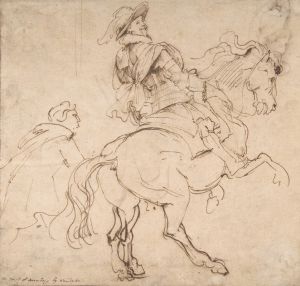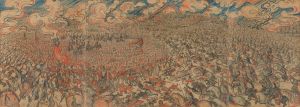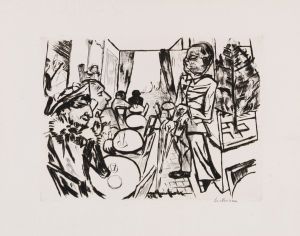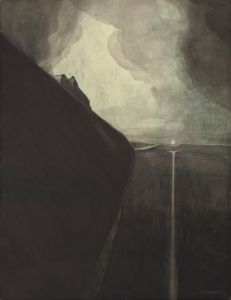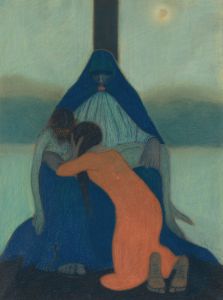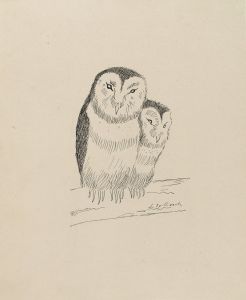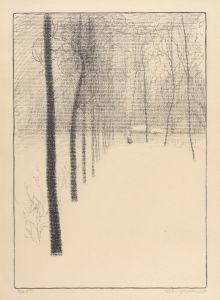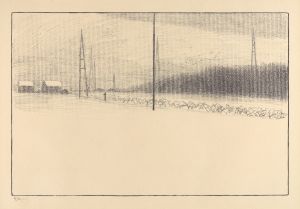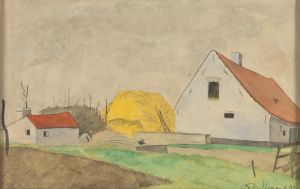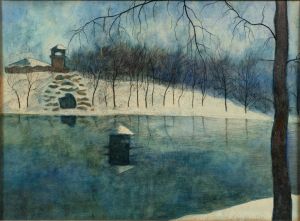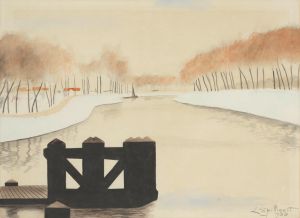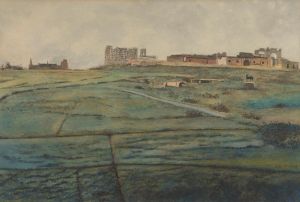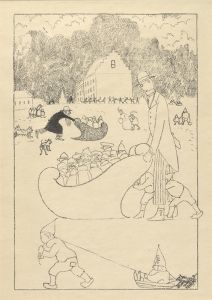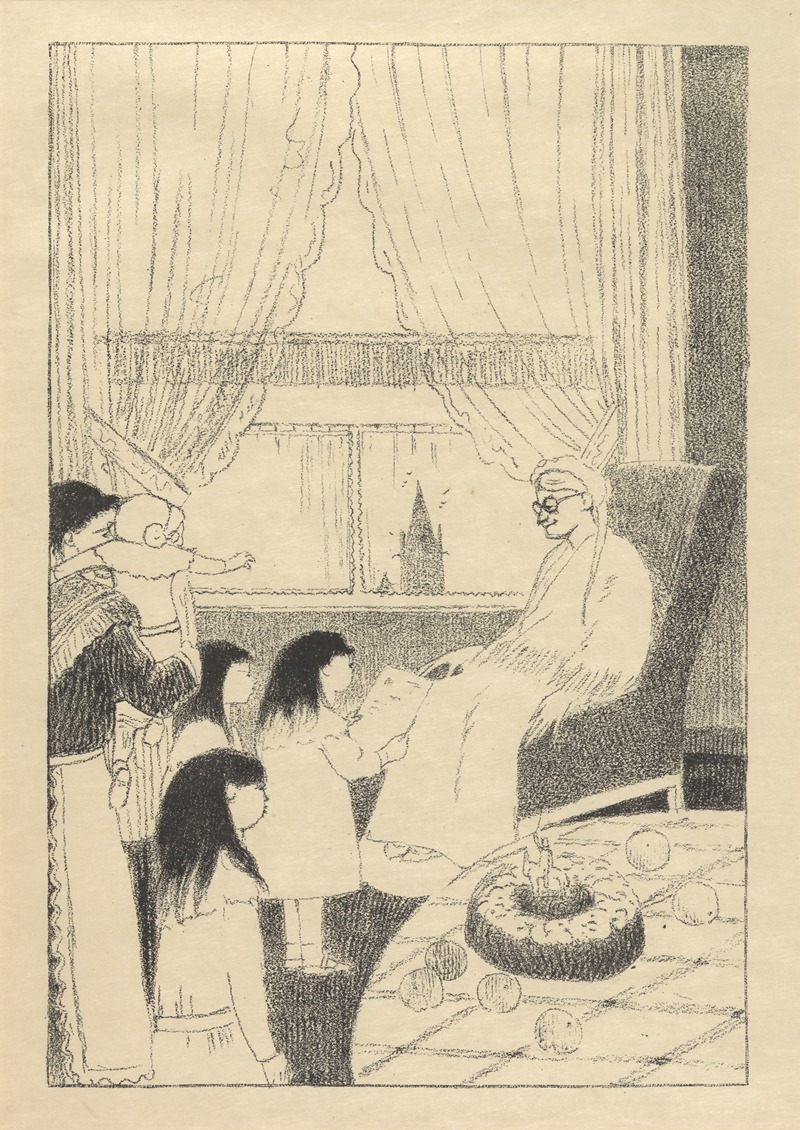
Les voeux de Nouvel An
A hand-painted replica of Léon Spilliaert’s masterpiece Les voeux de Nouvel An, meticulously crafted by professional artists to capture the true essence of the original. Each piece is created with museum-quality canvas and rare mineral pigments, carefully painted by experienced artists with delicate brushstrokes and rich, layered colors to perfectly recreate the texture of the original artwork. Unlike machine-printed reproductions, this hand-painted version brings the painting to life, infused with the artist’s emotions and skill in every stroke. Whether for personal collection or home decoration, it instantly elevates the artistic atmosphere of any space.
Léon Spilliaert, a Belgian symbolist painter, is known for his unique and introspective style that often explores themes of solitude, introspection, and the metaphysical. One of his works, "Les voeux de Nouvel An" (translated as "New Year's Wishes"), reflects his distinctive approach to art, characterized by a haunting and atmospheric quality.
Spilliaert was born in Ostend, Belgium, in 1881, and his work is often associated with the Symbolist movement, which sought to express the ineffable and the mysterious through art. His paintings frequently feature dreamlike scenes, often imbued with a sense of melancholy and existential reflection. Spilliaert's style is marked by his use of stark contrasts, muted colors, and an emphasis on mood and emotion over realism.
"Les voeux de Nouvel An" is a testament to Spilliaert's ability to convey complex emotions and themes through his art. While specific details about the painting's creation and its exact date are not widely documented, it is consistent with the themes and techniques that Spilliaert explored throughout his career. His works often depict solitary figures or empty spaces, inviting viewers to contemplate the deeper meanings and emotions behind the imagery.
Spilliaert's use of light and shadow is particularly notable in his work, creating a sense of depth and mystery. This technique can be seen in "Les voeux de Nouvel An," where the interplay of light and dark elements contributes to the painting's overall mood. The painting likely captures a moment of reflection or anticipation, fitting for a piece associated with New Year's wishes, a time traditionally linked to introspection and hope for the future.
Throughout his career, Spilliaert was influenced by various artistic movements and figures, including the works of Edvard Munch and James Ensor. However, he developed a distinct style that set him apart from his contemporaries. His work often transcends simple categorization, blending elements of symbolism, expressionism, and even surrealism.
Spilliaert's legacy is significant in the context of Belgian art and the broader Symbolist movement. His paintings continue to be studied and appreciated for their emotional depth and innovative use of visual elements. "Les voeux de Nouvel An" is an example of how Spilliaert's art invites viewers to engage with the intangible aspects of human experience, capturing moments of introspection and the passage of time.
In summary, "Les voeux de Nouvel An" by Léon Spilliaert exemplifies the artist's ability to convey complex emotions and themes through his distinctive style. While specific details about the painting are limited, it remains an important part of Spilliaert's body of work, reflecting his exploration of solitude, introspection, and the metaphysical. Spilliaert's influence on the art world endures, and his paintings continue to captivate audiences with their haunting beauty and emotional resonance.





